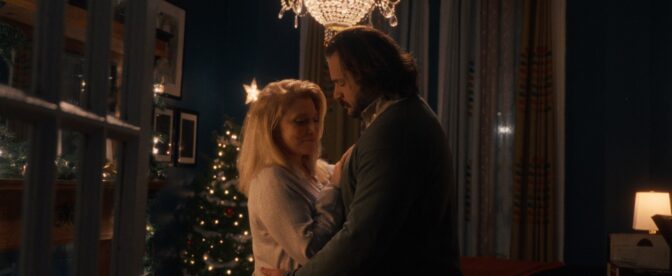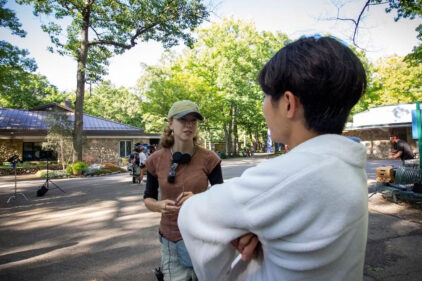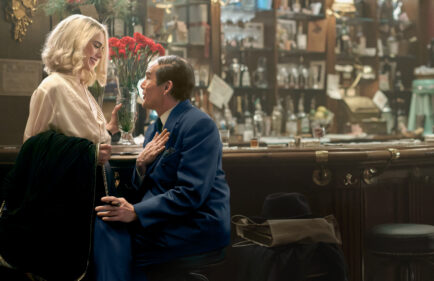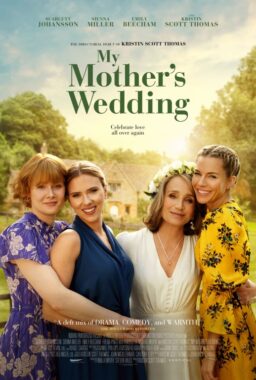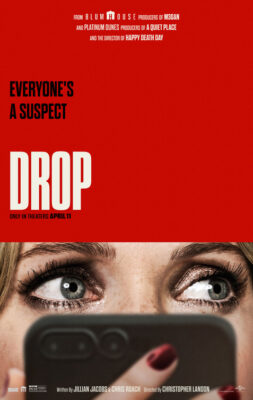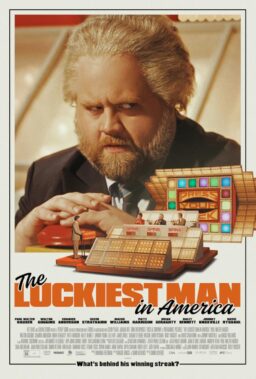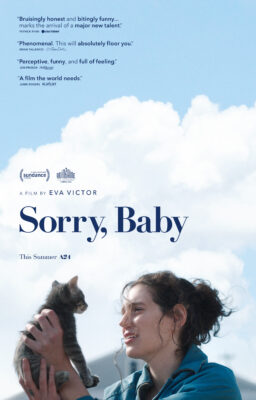Two eighth-graders from Chicago’s inner-city show talent on their neighborhood basketball courts. A free-lance scout spots them and recruits them for St. Joseph’s High School in Westchester, a western suburb. St. Joseph’s is known for its powerhouse teams; it was here that another young man from the inner city, Isiah Thomas of the Detroit Pistons, began his climb to fame.
The two young men are Arthur Agee and William Gates. They are the subject of a remarkable, compellingly watchable new film named “Hoop Dreams,” which recently won the Audience Award as the most popular documentary at the Sundance Film Festival in Park City, Utah – the nation’s most important showcase for independent films. The movie, which was shot over five years by three Chicagoans who eventually amassed more than 250 hours of film, isn’t really about sports; it’s about the elusive American Dream.
For Arthur and William, attending school at St. Joseph’s means getting up before dawn and making a 90-minute commute by train to the suburbs. It means being two of a handful of black students in an affluent, predominantly white student body. It also means, they hope, a ticket to a “full ride” scholarship at a good basketball college, and an eventual shot at stardom in the NBA.
For William, the chances look good. He’s a brilliant athlete who gains national attention in his sophomore year. But then he suffers a knee injury, and the film follows him through surgeries and comebacks and the Nike All-American Basketball Camp, at which the nation’s college coaches size up the top preps. He is recruited by several big schools, and selects Marquette, where he is a promised a four-year scholarship that does not depend on his basketball performance.
Arthur avoids injuries, but is not as precociously gifted as William. In his sophomore year, when his parents both lose their jobs and can no longer pay their share of his tuition at St. Joseph’s, he is forced to withdraw from school, and he enrolls at Marshall, the public high school in his neighborhood. There is the suggestion that if his playing skills had been stronger, the tuition would not have been a problem; William, for example, has his share of the fees paid by a St. Joseph’s booster.
“Hoop Dreams” follows both players through their high school careers and into their freshmen year in college, showing in great detail how the national basketball machine reaches down into grade school to spot likely prospects, and then puts them on a high-pressure track through prep and college sports. The odds against them are formidable; the makers of “Hoop Dreams” believe that of the 500,000 boys who play high school basketball in a given year, 14,000 will play in college – and of those, 25 will play at least one season in the NBA.
Yet the dream is real to William and Arthur, and to their families. We live these five years so intimately that it’s like knowing them. There are bad times, as when Arthur’s father leaves the family and begins using drugs, and good times, as when the father returns home, and a Marshall team led by Arthur eventually makes it to the Illinois state finals.
And the film records, without any comment, episodes such as when St. Joseph’s demands the payment of back tuition before releasing Arthur’s transcript, and the moment when his mother looks at the camera and says, “Do you ever ask yourself how I get by on $268 a month and keep this house and feed these children? Do you ever ask yourself that question?”
“Hoop Dreams” was produced in Chicago by Kartemquin Films, which has been making documentaries for 25 years. Additional financing came from the Minneapolis-St. Paul PBS station. (The producers are working on a distribution deal, and “Hoop Dreams” will open theatrically later this year.) The movie was originally intended as a 30-minute short, but the story could not be told in 30 minutes – and was not going to be over, the filmmakers quickly saw, in a single summer.
The film was directed by Steve James of Kartemquin, and co-produced by James, Fred Marx and Peter Gilbert, who was also the cinematographer. From the evidence on the screen, they obviously followed their two subjects and their families month after month, in good times and bad, concerned not with whether Arthur or William would “make it” at the college level, but simply about their struggle, which mirrors the dream of so many young black kids to someday be “the next Isiah Thomas.”
Most fictional sports movies are about winning. Many of them use an underdog theme; one of my favorites, from last year, was “Rudy,” about an undersized kid who was determined to play for Notre Dame, if only on a practice squad. But movies like that apply a filter to experience. They are told with the benefit of hindsight, about sports hopefuls who have already, in one way or another, found their dream.
“Hoop Dreams” tells the more realistic, and common, story of typical kids from the inner city who are good, even great, players – but not necessarily of the superstar caliber demanded by the NBA. And it tells the stories of their families, of long hours and hard work and dreams.
Many of the images of black Americans in the movies and on TV are based on a world of guns, drugs, gangs and crime. One of the lasting impressions of “Hoop Dreams” is of the families who stand behind Arthur and William: Strong mothers in both cases, and extended networks of uncles, aunts, cousins, neighbors, church members, all striving to help the youngsters prevail in a world without many obvious opportunities.
I came away from the film with a strong impression of two healthy, determined, supportive homes – not without problems but certainly not without high standards. And with the thought that since Arthur Agee and William Gates are both, at this moment, in college, their stories have a happy ending.


